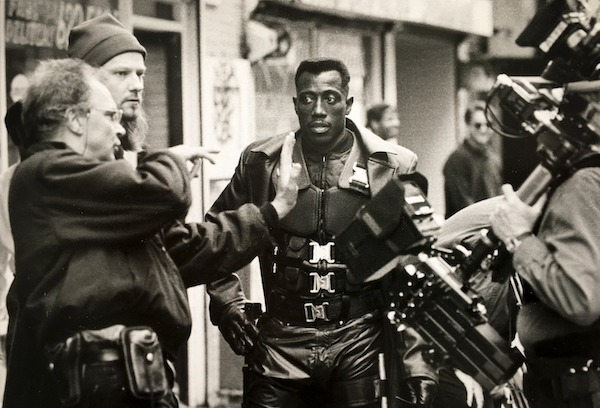Marvel Comics celebra diez años de portadas alternativas de dibujante Skottie Young con un póster y muchas nuevas portadas.
Ha dibujado portadas para muchos libros, incluidos Cable & Deadpool , Spider-Man , Deadpool y Iron Man, junto con una popular serie de portadas Baby Variant para docenas de títulos de Marvel.










































